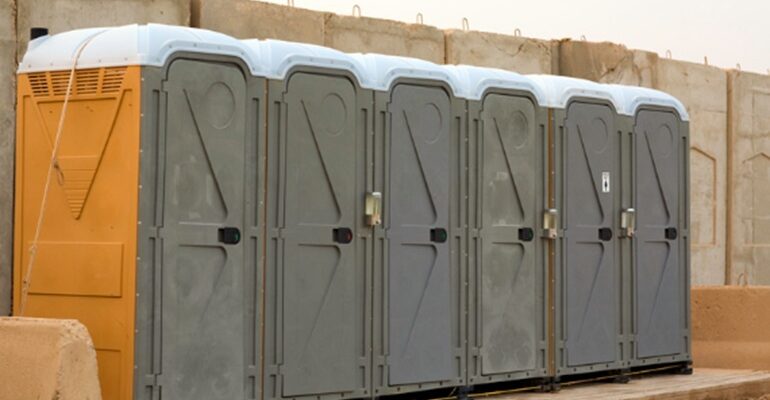Access to proper sanitation is a critical challenge in many remote areas around the world. Traditional restroom facilities are often impractical in these locations due to a lack of infrastructure, harsh environmental conditions, or transient populations. An innovative solution is emerging: the deployment of portable sanitation units, commonly known as porta-potties. These units are transforming how sanitation needs are met in places where conventional facilities are not feasible. For instance, the availability of a porta potty in Orlando demonstrates how these units can be efficiently utilized even in urban settings, highlighting their versatility and importance.
Challenges of Sanitation in Remote Areas
Remote locations, such as construction sites, disaster zones, military encampments, and outdoor event venues, often lack access to essential sanitation facilities. This absence can lead to significant health risks, environmental pollution, and decreased quality of life for individuals present in these areas. Inadequate sanitation contributes to the spread of diseases, contaminates local water sources, and can have long-term detrimental effects on the environment. The traditional methods of waste disposal are not feasible in these areas due to logistical constraints and environmental regulations, necessitating a more adaptable and immediate solution to address these pressing sanitation needs.
The Rise of Portable Sanitation Solutions
Portable restrooms offer a practical and efficient answer to the sanitation challenges in remote locations. These units are designed to be easily transported and set up wherever needed, providing immediate access to restroom facilities. The portability and ease of installation make them ideal for temporary sites or areas with fluctuating populations. They are constructed to withstand various weather conditions and can be serviced regularly to maintain hygiene standards. The adoption of porta-potties has significantly improved sanitation in places where building permanent facilities is not an option.
Innovative Features Enhancing Hygiene
Modern porta potties have evolved significantly from their early designs, incorporating features that enhance user comfort and hygiene. One such feature is the use of a special blue liquid in porta-potties, which serves multiple purposes. This blue liquid acts as a deodorizer, masking unpleasant odors and as a disinfectant, reducing the presence of harmful bacteria and germs within the unit. Some advanced models also include hand sanitizers, flush mechanisms, and even solar-powered lighting, all aimed at improving the overall user experience and promoting better hygiene practices.
Environmental Impact and Sustainability
The use of portable sanitation units also has positive environmental implications. By containing waste effectively, they prevent contamination of local water sources and reduce the spread of diseases that can occur with open defecation or improper waste disposal. Additionally, many modern units are designed with eco-friendly materials and incorporate waste treatment processes that minimize environmental impact. Some porta potties use biodegradable chemicals, while others are equipped with systems that separate waste for easier processing. This focus on sustainability ensures that while immediate sanitation needs are met, long-term environmental health is also considered.
Global Adoption and Best Practices
The implementation of porta potties is not limited to remote or underdeveloped areas. They are increasingly being utilized worldwide, adapting to various needs and regulations. In urban settings, they are commonly seen at large events, festivals, and construction sites. Their global adoption has led to the development of standards and best practices to ensure they are safe, clean, and accessible to all users, including those with disabilities.
Economic Benefits and Community Health
The deployment of porta potties in remote locations not only addresses immediate sanitation needs but also contributes to the economic well-being of communities. By providing proper sanitation facilities, work sites can maintain higher productivity levels as workers have access to essential amenities. In disaster relief scenarios, the quick installation of porta potties helps prevent outbreaks of disease, allowing communities to recover more rapidly. Moreover, the portable sanitation industry creates jobs in manufacturing, transportation, maintenance, and service sectors, contributing to local and national economies.
Conclusion
As the world continues to address sanitation challenges, especially in remote locations, porta potties are proving to be an essential component of the solution. Their adaptability, efficiency, and positive environmental impact make them a valuable asset in improving global sanitation standards. Embracing these portable units can lead to healthier communities, a cleaner environment, and a more sustainable future for all.








Comments